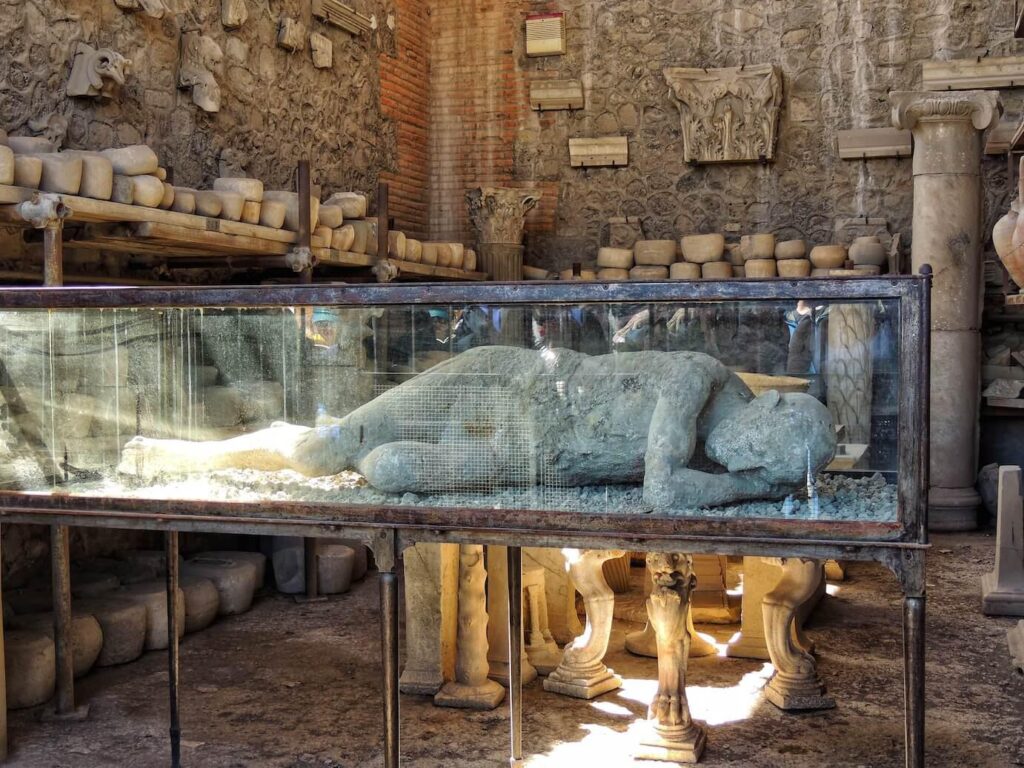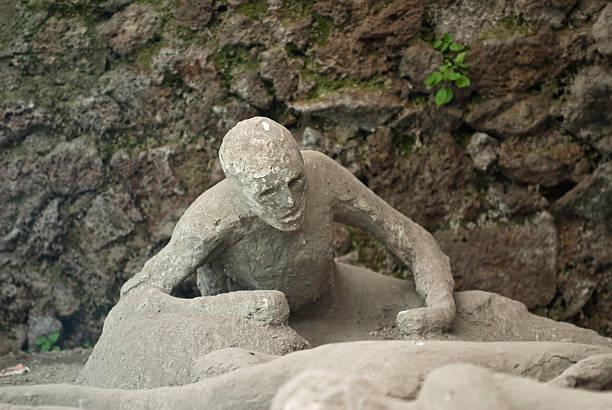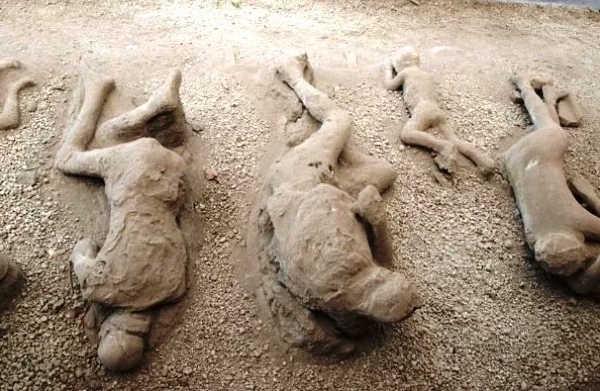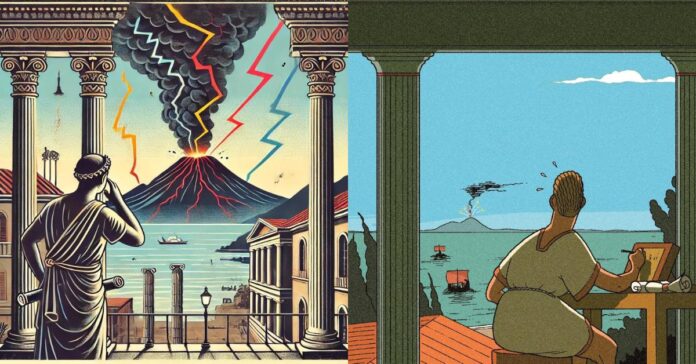Pompeii, once a bustling Roman city near Naples, Italy, was lost to time for nearly 1,700 years. Today, this ancient city offers us an incredible window into the past, thanks to its unique preservation under volcanic ash.
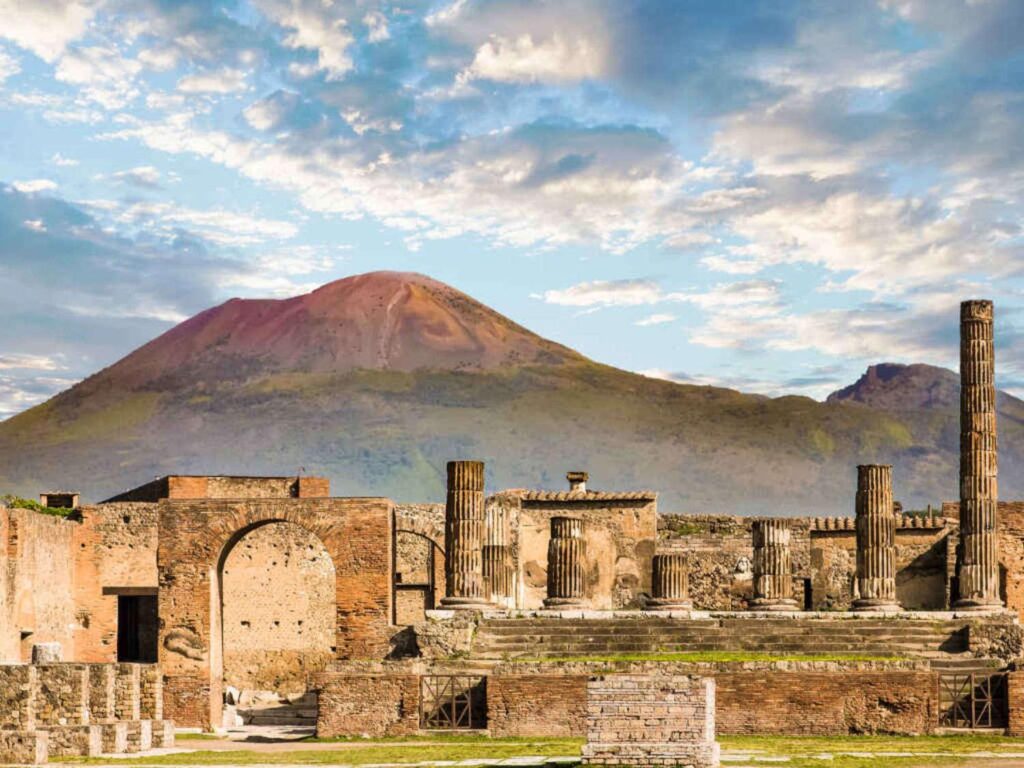
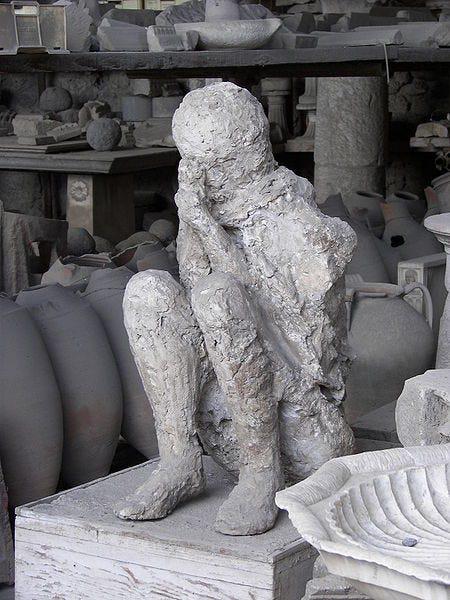
The Day of Destruction.
On August 24, 79 AD, Mount Vesuvius erupted violently. The eruption unleashed deadly clouds of ash, pumice, and toxic gas, covering Pompeii and trapping nearly 11,000 residents. In just hours, the city was buried under 20 feet of volcanic material, and life in Pompeii was stopped in its tracks.
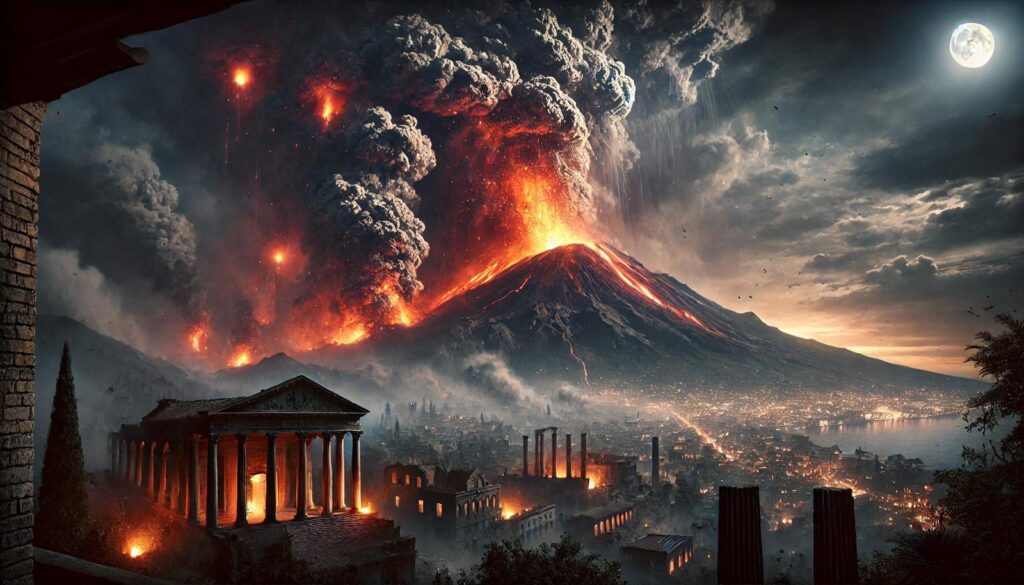
Forgotten for Centuries.
For almost 1,700 years, Pompeii remained hidden beneath layers of ash and earth. Over time, people forgot about the city’s existence, and it wasn’t until the 18th century that explorers stumbled upon the ruins while digging for treasures in the area.
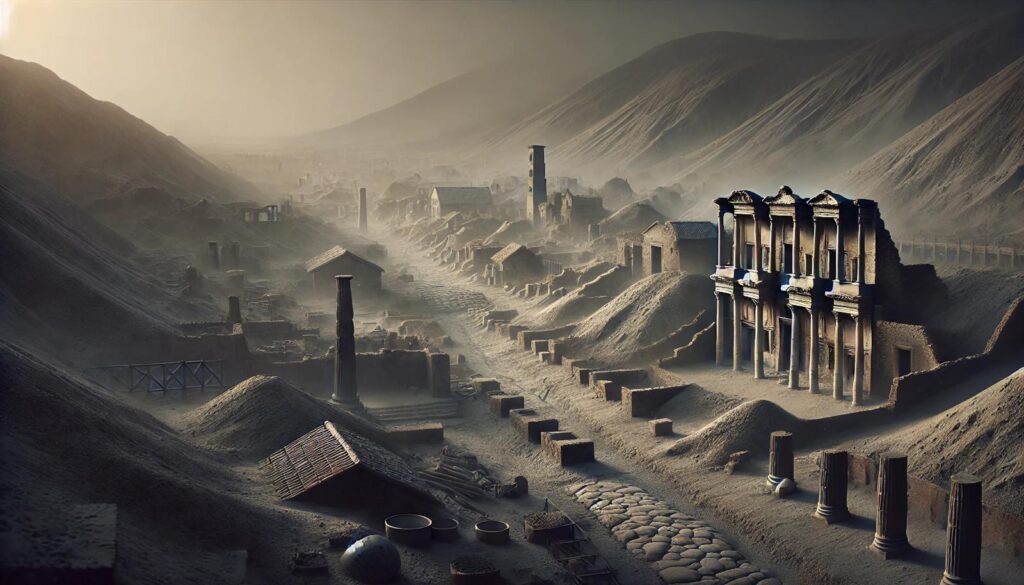
The Rediscovery.
In 1748, archaeologists began to excavate Pompeii, revealing streets, buildings, and even the remains of its inhabitants, frozen as they were at the time of the eruption. The ash had preserved homes, murals, pottery, and everyday items so well that the city looked almost untouched, providing a stunningly detailed view of ancient Roman life.
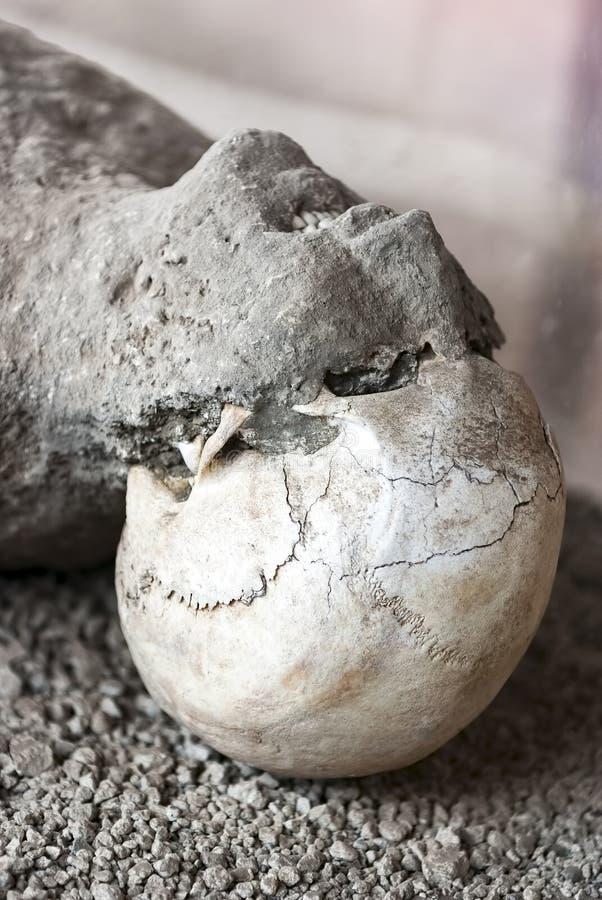
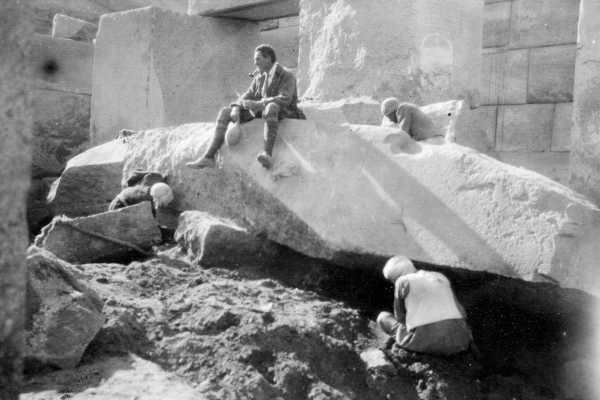
Daily Life Preserved in Time.
What makes Pompeii special is the level of detail preserved. From temples and bakeries to public baths and marketplaces, the ruins reveal how people lived, worked, and socialized. The artwork on walls, graffiti, and even food remains were preserved, capturing moments from daily life in remarkable detail.
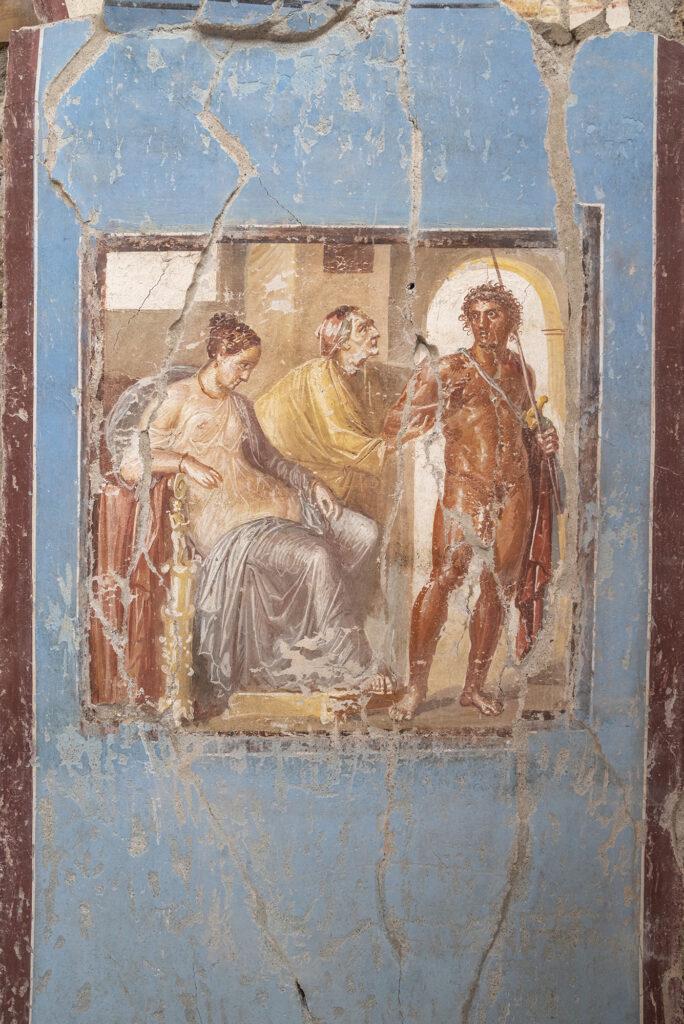
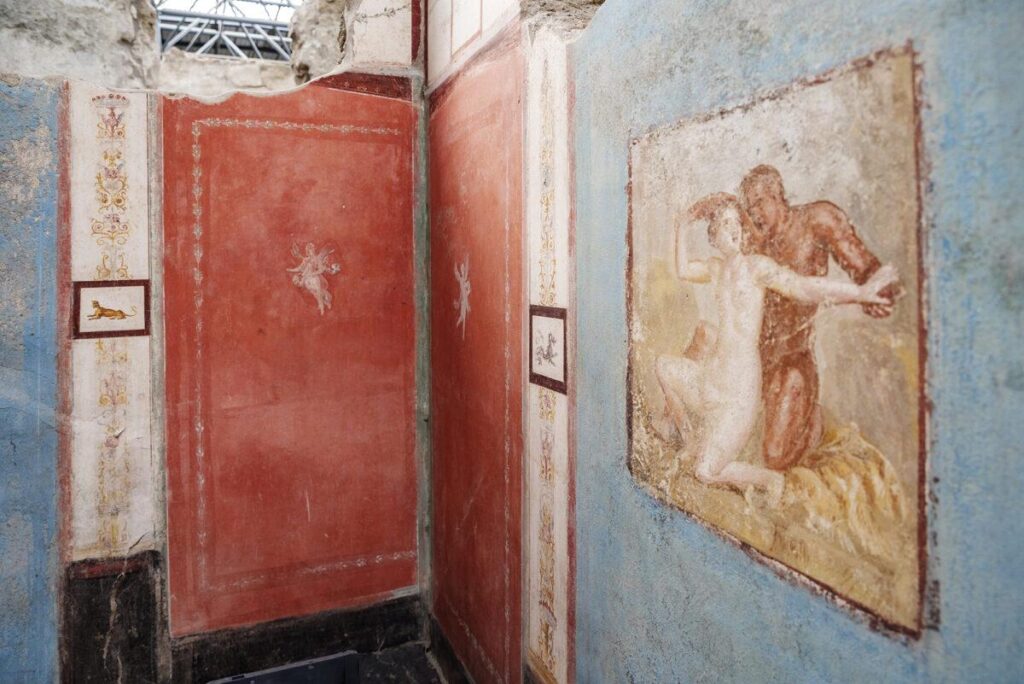
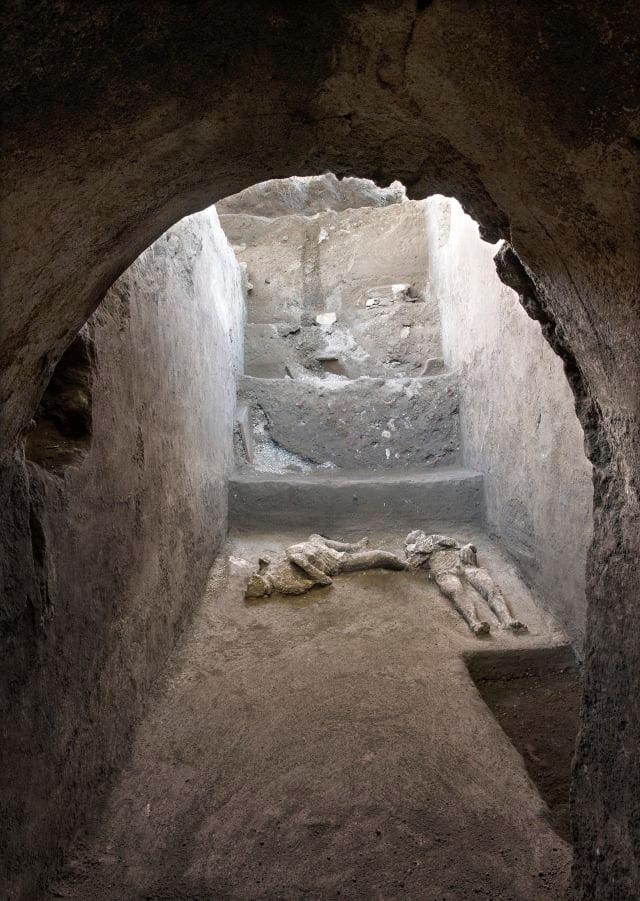
A Glimpse into History.
Today, Pompeii is an important archaeological site, allowing us to explore and understand Roman culture as it was over 1,700 years ago. Visitors can walk down the original streets, see ancient shops, and witness firsthand the impact of a disaster that froze an entire city in time.
Pompeii’s story is one of tragedy, rediscovery, and survival. Rising from the ashes, this lost city continues to captivate and educate, helping us connect with the lives of those who walked its streets centuries ago.
